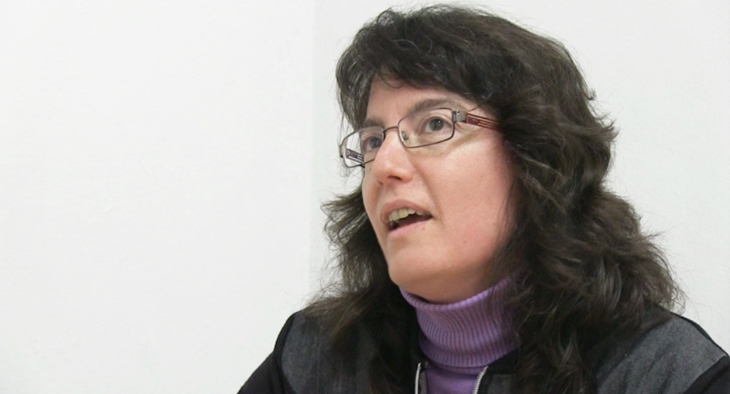TIP:
In Part 1 of the speaking test you will be asked questions related to a number of general topics, for example: your hometown, your work or studies, free time, family or music. It's a good idea to practise responding to questions on topics like these.
The important thing to do in this part is to be able to speak for two minutes. It doesn’t matter if you diverge and talk about different aspects of what you are asked about.
It is a good strategy to paraphrase questions that you are asked. This will give you thinking time and also show the examiner that you can do this. For example:
Examiner: How do you spend your free time?
Candidate: How do I spend my free time? Well, I don’t usually have a lot, but …

